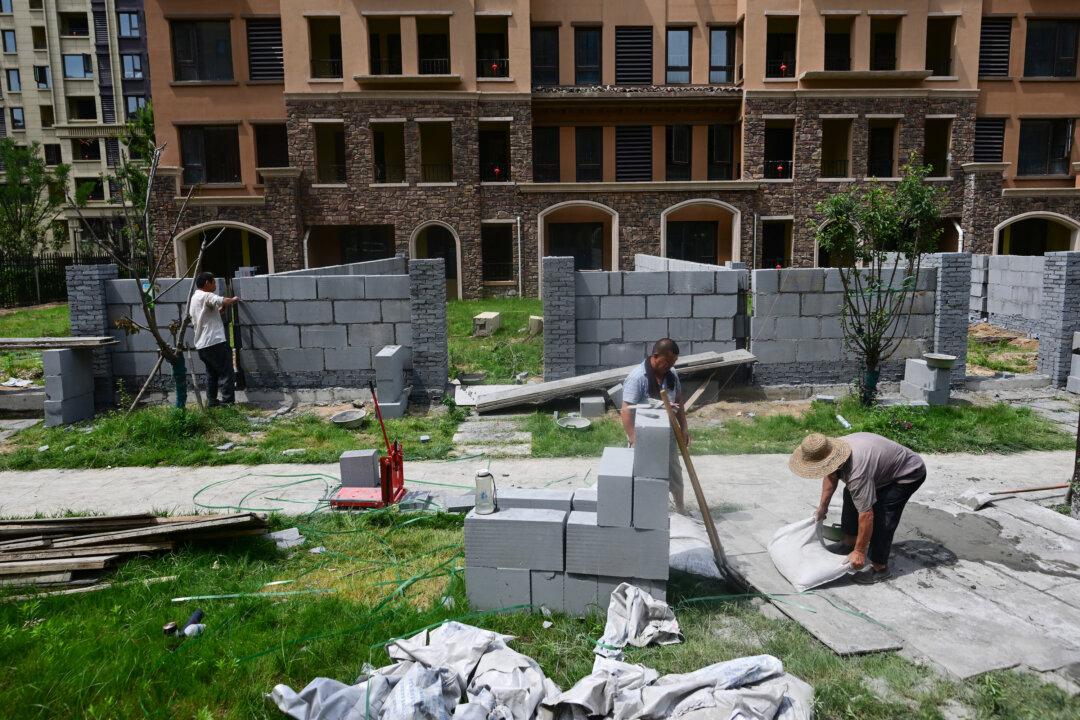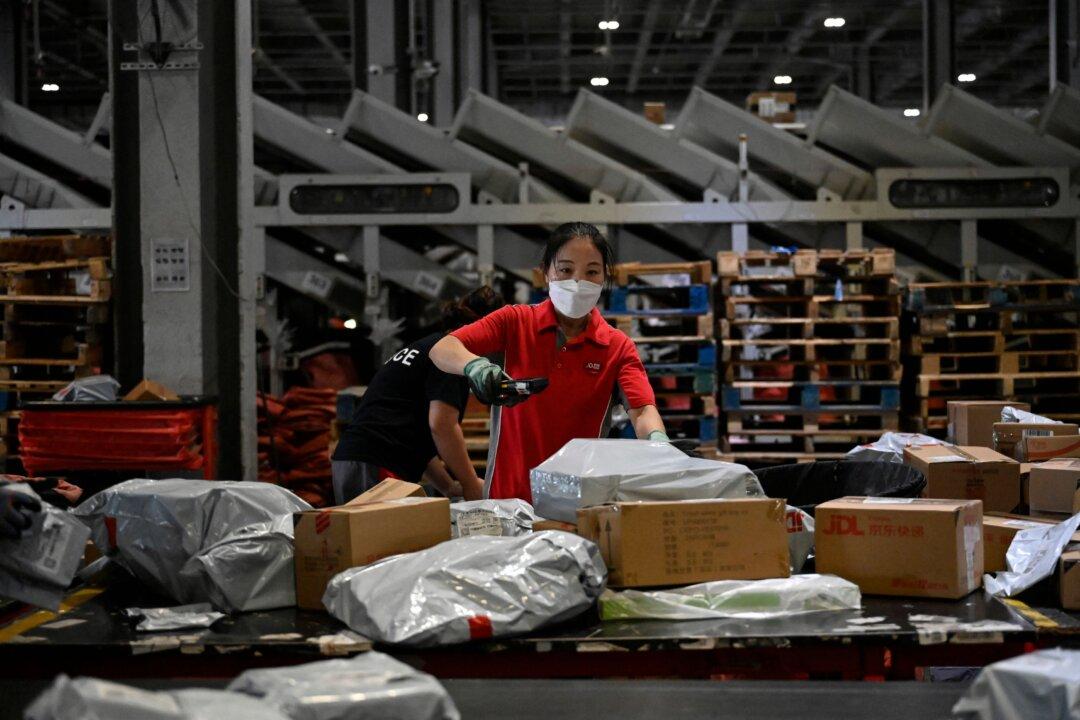Much has happened in China over the past month: from the property policy shift announced at April’s Politburo meeting, sparking investor excitement, to China’s effort to address its property inventory overhang, to a steep increase in U.S. tariffs on an array of Chinese imports.
Yet the broader landscape of the Chinese economy remains largely unchanged by the measures announced by Chinese authorities recently. Ultimately, they offer muted near-term growth prospects.





